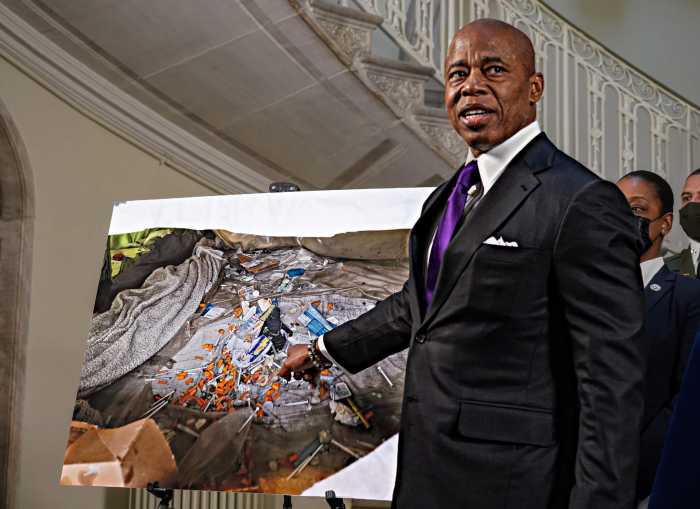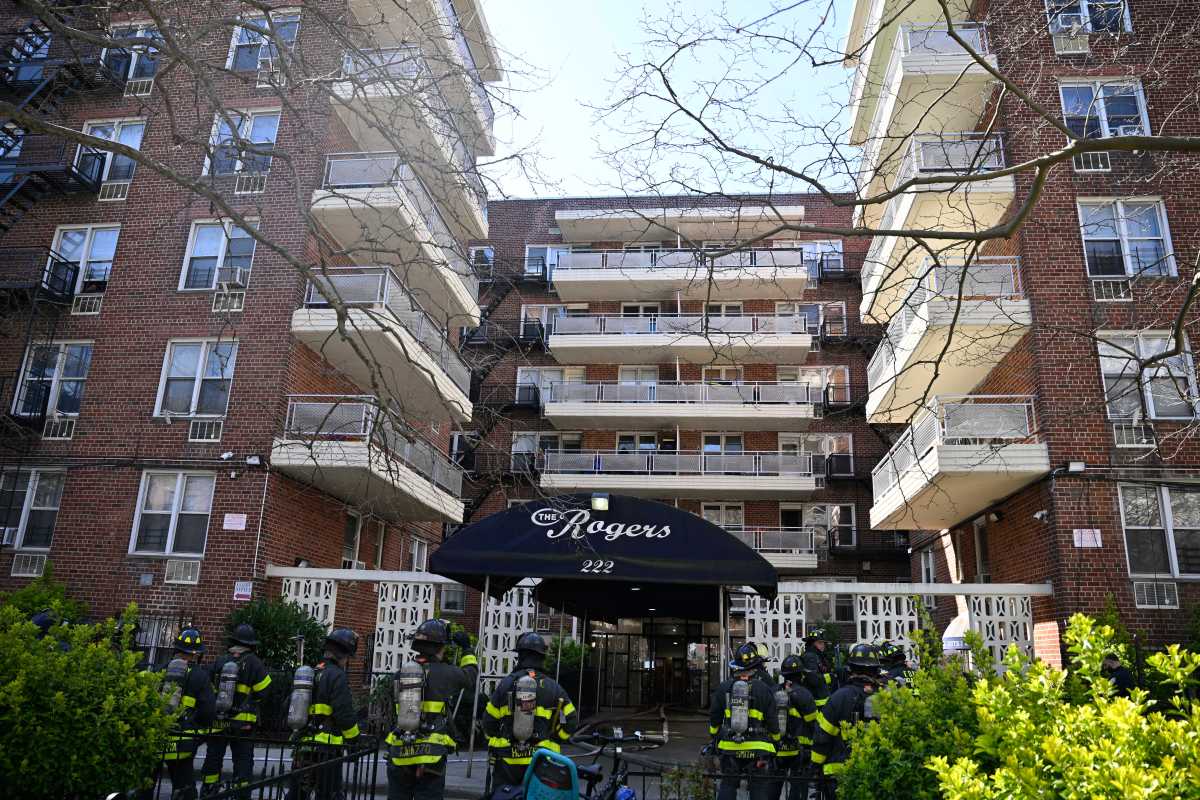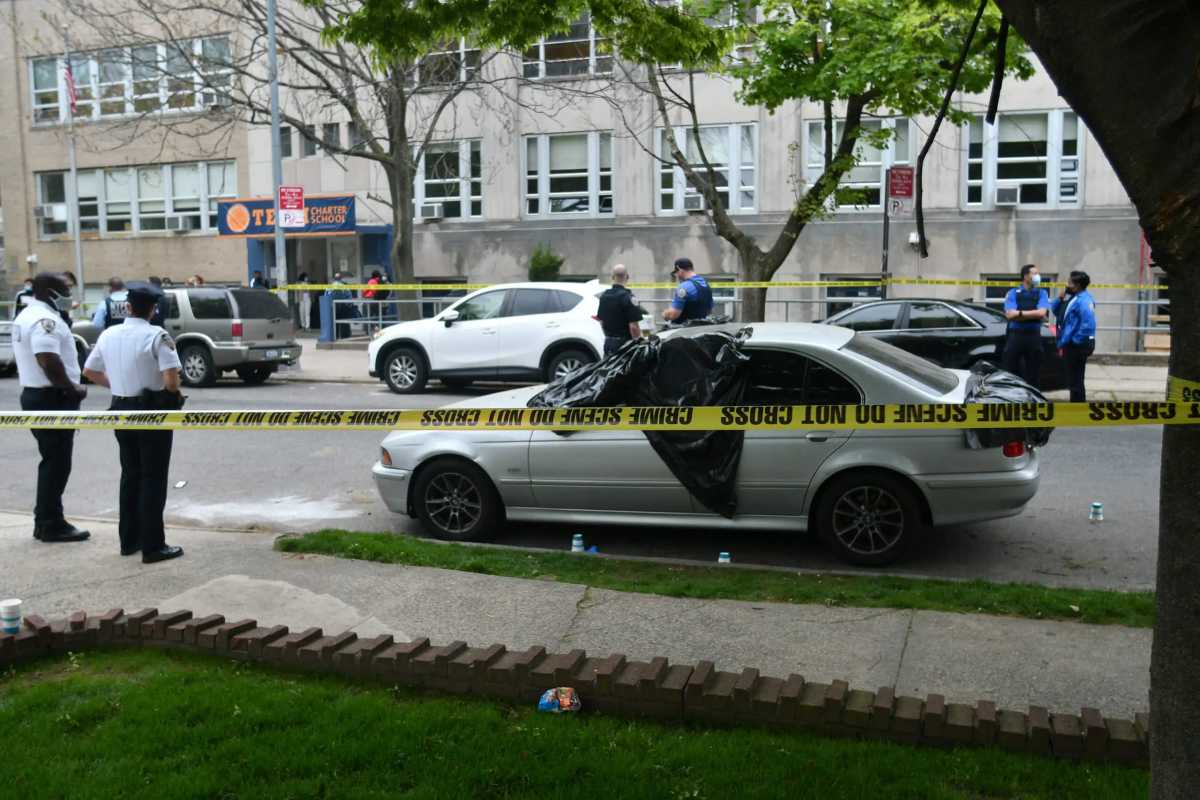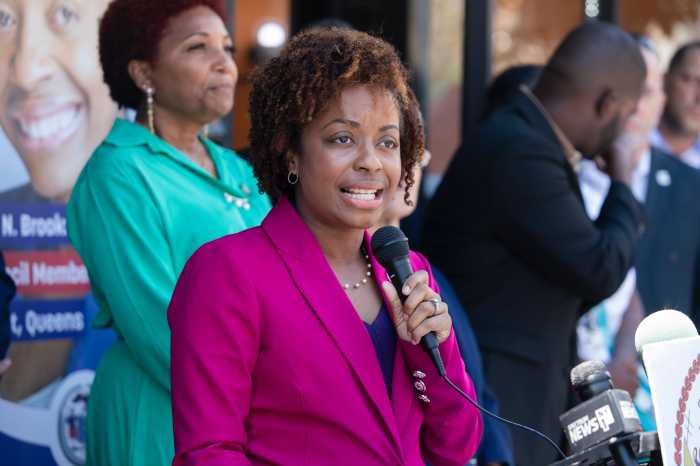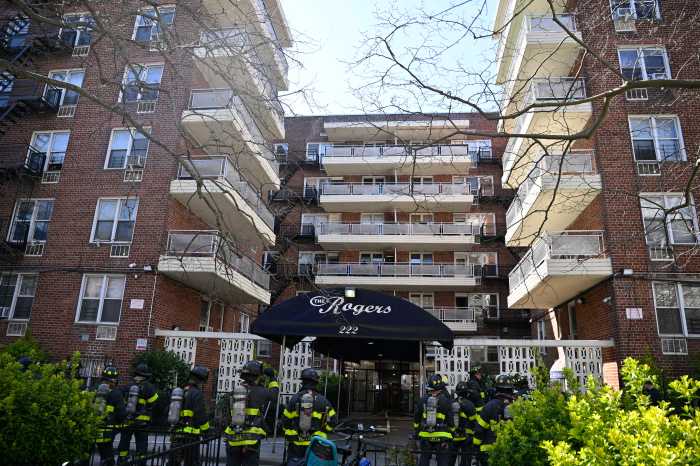Mayor Eric Adams and Schools Chancellor David C. Banks announced on Thursday the expansion of the NYC public school Gifted and Talented program (G&T) to include all school districts in the city.
Adams and Banks are adding 100 kindergarten seats and 1,000 third-grade seats to the program, expanding both entry points citywide for the first time ever. Applications for both programs opens May 31.
“Expanding our Gifted and Talented program to all New York City districts is about giving every child, in every zip code, a fair chance and making sure no child is left behind,” said Adams during the April 14 announcement; his remarks were virtual as he continues recovering from COVID-19.
“We’re doubling down on this administration’s commitment to our youngest New Yorkers by adding additional seats and removing inequities in the admission process to allow students throughout this city to gain access to accelerated learning,” the mayor added. “And thanks to this expansion, for the first time ever, there will be a Gifted and Talented program in every school district in this city. This is how we give every young person an opportunity to grow, to learn, to explore their talents and imagination.”
The 2022-2023 G&T expansion comes after Adams had campaigned for it in order to make valuable educational opportunities available to underserved school districts, ensuring accessibility and equity in NYC public school education.
This move was a direct result of the NYC Department of Education’s (DOE) engagement with parents and community stakeholders to establish priorities for this year’s admission. DOE officials met with a diverse group of parent and educational advocacy groups who had a dedicated interest in expanding the G&T program.
“Today we move to end the era of scarcity — the era of making families fight amongst themselves for limited Gifted and Talented seats in far off schools,” said Banks. “Through this expansion, we are providing more opportunities for accelerated learning to more families, while providing an equitable, fair process to identify the students who will excel with accelerated learning.”
Historically, kindergarten had been the initial entry point for G&T, and with the addition of 100 new kindergarten seats available and expanding to all 32 districts, this brings the number of available seats to 4,500.
For the very first time, NYC DOE will provide an additional entry point to third-graders in every district, accounting for a baseline of one program in every district with a total of 1,000 seats.
The expansion aims to include and increase the diversity of students enrolled in G&T programs citywide, emphasizing that equity and accessibility are top priorities to increasing the program.
Many elected officials and parents applauded the move to expand the program, calling it a crucial step in inclusive educational growth across the city.
“Today, the Mayor and Chancellor showed once again that they don’t just talk, they get stuff done,” said Queens Councilmember Linda Lee. “Since the fall, parents, community leaders, and elected officials have consistently called for G&T to be restored, and today the Mayor and Chancellor demonstrated that they are listening. By not just expanding the number of seats available citywide, but also expanding programs to every school district in the City, and allowing students to test into the program at later ages, this new program will prove that we can have equity and educational excellence at the same time.”
Educational advocates agreed.
“Expanding the number of Gifted & Talented programs is essential to addressing the inequalities afflicting New York City’s public schools,” said Ronald Lauder, Co-Founder of the Education Equity Campaign While some Manhattan districts currently have as many as seven Gifted programs, some communities of color in Brooklyn and Queens have just one. By adding over 1,000 new seats for Gifted students, Mayor Adams is taking a giant leap forward for our public schools and I am deeply grateful he answered our call to action.”
However, NYC Comptroller Brad Lander did not agree with the expansion of the program, condemning it as an avenue for academic segregation.
“Segregating learning environments for elementary students, based on a teacher’s or test’s assessment of how smart they are, is not sound education policy. We’ve seen repeatedly that stand-alone G&T programs lead to racial segregation,” said Lander. “Elementary school students benefit from learning alongside peers with different backgrounds, abilities, and interests. Let’s be clear: that’s one of the core virtues of public education. Scaling up a program which separates students, often along lines of class and race, is a retrograde approach that does nothing to improve quality education for the overwhelming majority of our students.”






